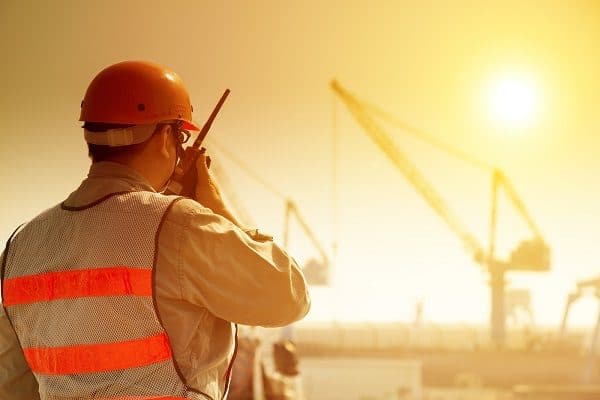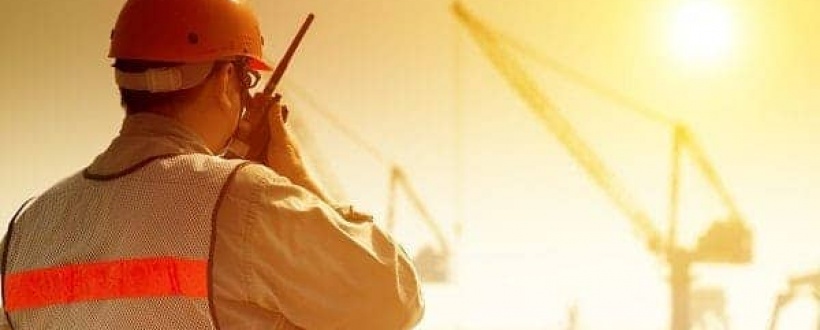
Summer and other hot weather periods are seriously dangerous seasons for construction staff. Many of the dangers aren’t obvious and it’s worth taking the time to understand and avoid the risks. We’ve put together some tips for onsite workers to make summer a lot safer.
Understanding the Risk Factors and How to Manage Them
Heat can be debilitating. It affects your metabolism and over-exposure can cause heat stress and in some cases medical conditions.
These are the major risks and ways of managing them:
- Hydration: The body uses up water much more rapidly in hot weather. If you dehydrate, you can experience serious issues like kidney stones, due to lack of water in the body. Lack of hydration can also affect salt levels, which can affect your digestion and bodily functions. Drink cool water, preferably not with sugar additives, regularly. Avoid excessive salty food, which can affect hydration levels.
- Avoid caffeine and alcohol! Caffeine and alcohol speed up your metabolism and can cause runaway sweating, which is a hydration risk. Both are also well-known diuretics, causing water loss just when you need water most. Don’t drink either, particularly high caffeine drinks with a lot of sugar in them. Stick to water, which refreshes without side effects.
- Heat exposure: The longer you’re out in the heat, the more you’re exposed to the effects. Don’t work in the hot sun for long periods of time and use shade to cover the workspace. Shade makes a big difference in hot weather, reducing heat exposure and improving working conditions. Use shade wherever possible to minimise the negative effects of heat. Use covered vehicles and schedule work in exposed areas for cooler times of the day. In extreme heat, there’s no safe level of exposure. Put your staff on other duties, out of the heat.
- Heat exhaustion: Heat exhaustion is caused by over-exposure to heat. The body may experience cramps, and in some cases, heat prostration or heat stroke. These can be serious medical conditions and there’s no good reason for risking them. These conditions are easily avoidable with simple precautions like managing shade, drinking water, rescheduling work and simply avoiding exposure.
- Food risks: High protein and fatty foods affect hydration levels. The body uses water to process protein and fat generates high calories counts, which is also not good for your metabolism in hot weather. Eat vegetables like celery, tomatoes, and fruits, which have pure water in them and don’t add to the calorie count.
- Glare and dust: These problems cause real fatigue, breathing issues, and generally reduce efficiency. It’s hard to focus when you’re being affected by glare and choked by dust. You have to work harder, which in hot weather means you get tired more quickly. Use proper sunglasses and masks to avoid these issues.
Contact us for the Latest Equipment
Allclass Construction Equipment works with Australian businesses in all types of weather. We know how tough it can be working in a Queensland summer. If you’re looking for the latest construction equipment for hot weather, browse our range of fully covered mini excavators and other equipment. You can call us or contact us online to discuss your needs.




